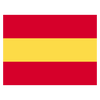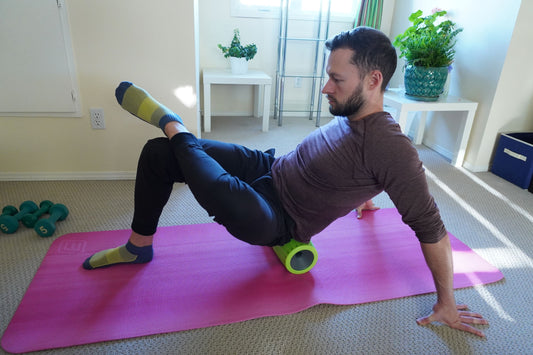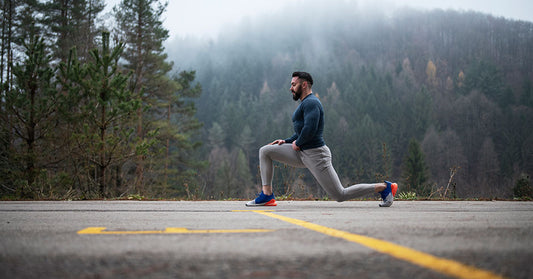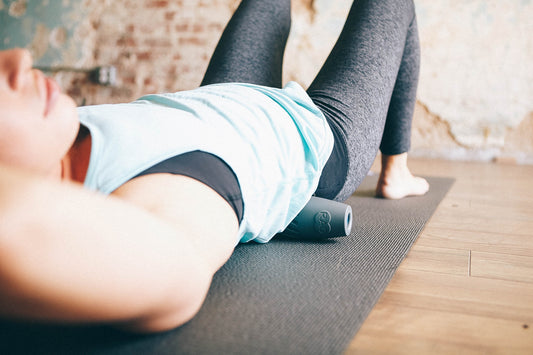 While your friends are still messing around with tennis balls taped together, a pastry rolling pin and an old phone book you’ve finally decided to get serious and picked up the best suite of mobility tools on the planet. And why wouldn’t you? The Rad Roller product line is designed by leading experts in the health and fitness industry and has you covered for all of your performance and recovery needs. But as we all know it’s not what you have, but how you use it. So how can the Rad Roller, Rad Rod, Rad Helix, Rad Rounds and Rad Block unlock your maximum movement potential? We’re glad you asked…
While your friends are still messing around with tennis balls taped together, a pastry rolling pin and an old phone book you’ve finally decided to get serious and picked up the best suite of mobility tools on the planet. And why wouldn’t you? The Rad Roller product line is designed by leading experts in the health and fitness industry and has you covered for all of your performance and recovery needs. But as we all know it’s not what you have, but how you use it. So how can the Rad Roller, Rad Rod, Rad Helix, Rad Rounds and Rad Block unlock your maximum movement potential? We’re glad you asked…
 Some tools are optimal for movement preparation and performance while others are more designed for recovery and helping you clean up movement dysfunction. Remember that there is no single correct way to perform self-myofascial release; you can use different approaches depending on the desired result so it’s all about context. That being said the 3 most common techniques we suggest are the:
Some tools are optimal for movement preparation and performance while others are more designed for recovery and helping you clean up movement dysfunction. Remember that there is no single correct way to perform self-myofascial release; you can use different approaches depending on the desired result so it’s all about context. That being said the 3 most common techniques we suggest are the:
- Pin and hold.
- Contact a restricted part of your body with one of the tools such as the Rad Roller or Rad Round and simply hold the position for 10 deep breathes. Research has shown that this can ‘squeeze out’ the inflammatory molecules, including bradykinins, from the muscle tissues and thereby reduce the extent of sensitization in the area. The brain is constantly listening to what’s going on in these tissues so simply contacting our body’s tissues can engage the brain and build body awareness.
- Flush along the length of the muscle/fascia.
- Gauge where your body’s tissues feel restricted and then flush in a parallel manner to the muscle fibers using the Rad Rod or Helix. This will increase blood flow and break down adhesions in the cross-bridges of muscle.
- Compress, shear and lengthen the muscle.
- Contact a restricted part of your body and compress, then shear across the direction of muscle pennation (orientation) and lengthen the body segment you’re targeting. For example you would use the Rad Round on your pecs, drop down a bit to drag the skin and muscle across the orientation of its fibers and then lengthen your arm. This will allow you to promote adaptability of movement and sliding between the layers of connective tissue.
Some other guidelines to follow:
- Find the sweet spot between pleasure and pain that is productive yet tolerable. You want to hit the brakes on pain and discomfort, not the gas pedal.
- - Relax into the release and visualize the restricted, painful tissue releasing. This is a great way to change neural pathways (neuroplasticity) and affect the nervous system. No brain, no gain.
- - Move slowly and consciously and count to 10 breaths at each location (forget counting seconds) since people tend to hold their breathe when they’re uncomfortable.



















